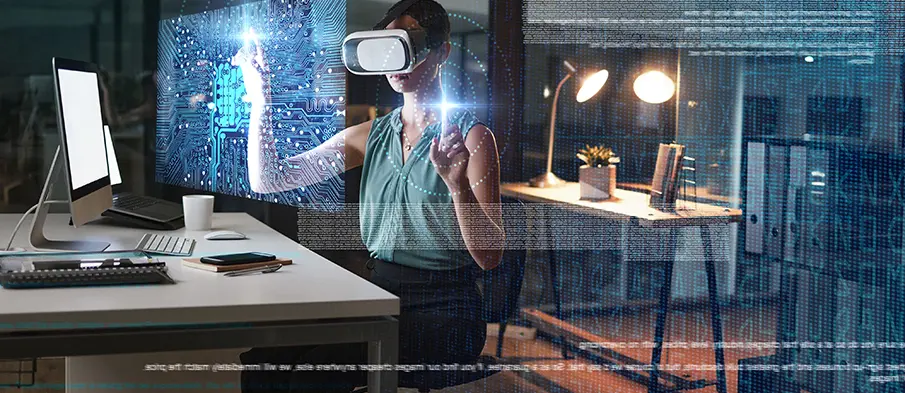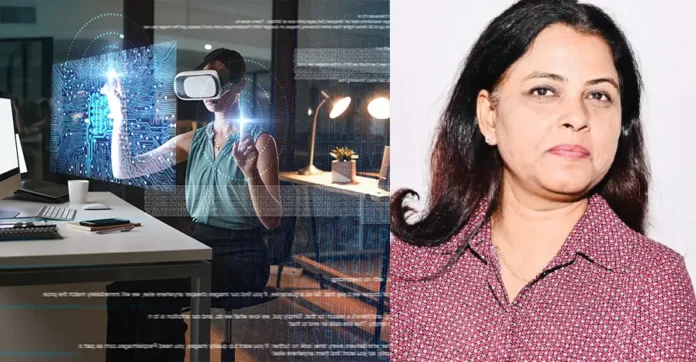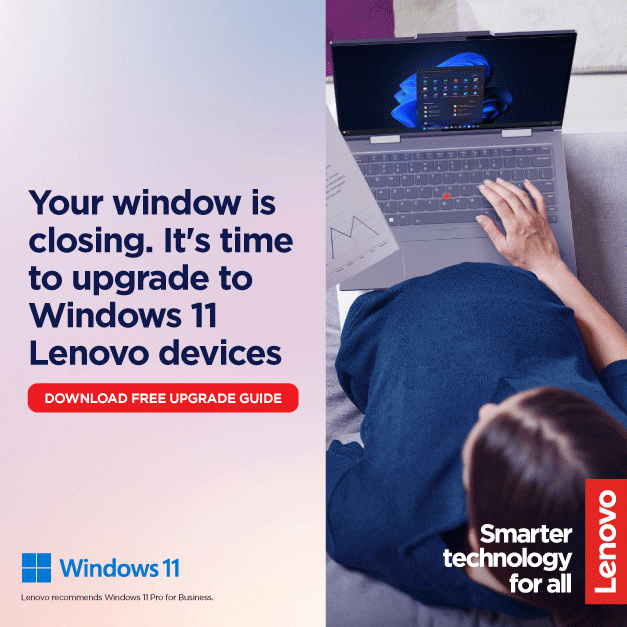
Virtual Reality (VR) is transforming the manufacturing sector, providing immersive and interactive experiences that significantly enhance various aspects of production, customer engagement, and service delivery. This article delves into three compelling applications of VR in manufacturing: virtual plant tours for customers, VR-assisted field service for product breakdowns, and remote guidance for pilots during the manufacturing process. Additionally, we will discuss other emerging uses of VR in product manufacturing.
Virtual Plant Tours: Redefining Customer Engagement
Traditional plant tours have long been a cornerstone of customer engagement in manufacturing, allowing clients to witness the production process firsthand. However, logistical challenges such as geographical barriers, safety concerns, and scheduling conflicts often limit their feasibility. Virtual reality offers a transformative solution.
A leader in the automotive industry, implemented VR to offer virtual plant tours, allowing customers worldwide to explore their production facilities from the comfort of their homes or offices. This innovative approach has enhanced customer engagement and satisfaction.
Virtual reality (VR) has significantly enhanced the convenience and efficacy of our processes by:
- Accessibility: Customers can take tours at their convenience, overcoming geographical and time constraints.
- Safety: VR tours eliminate safety risks associated with physical tours in hazardous environments.
- Enhanced Visualization: Detailed 3D models and interactive elements provide a comprehensive view of the production process.
- Interactive Experience: Features such as virtual avatars, pop-up information, and real-time Q&A sessions make the tours engaging and informative.
VR-Assisted Field Service: Efficiently Fixing Product Breakdowns
Field service is a critical aspect of manufacturing, where timely and effective product repairs are essential to maintaining customer satisfaction and operational efficiency. VR plays a pivotal role in enhancing field service capabilities. Tech Innovator, specializing in advanced medical equipment, has adopted VR to assist field technicians in diagnosing and fixing product breakdowns. Through VR headsets, technicians receive real-time guidance and visual instructions from remote experts, streamlining the repair process. Implementation of VR in field service has resulted in faster repair times, improved accuracy, and enhanced customer satisfaction.
Beyond the highlighted cases, VR is finding numerous other applications in manufacturing, each contributing to the industry’s transformation:
- Virtual Prototyping: VR allows engineers to create and test virtual prototypes, reducing the time and cost associated with physical prototypes.
- Training Simulations: VR-based training programs provide immersive and risk-free environments for training employees on complex machinery and processes.
- Quality Control: VR can be used to conduct virtual inspections, ensuring products meet quality standards before leaving the factory.
- Supply Chain Management: VR helps visualize and optimize supply chain processes, improving efficiency and reducing bottlenecks.
Conclusion
Virtual reality is revolutionizing the manufacturing industry by offering innovative solutions for plant tours, field service, and remote guidance. These applications not only enhance customer engagement and service efficiency but also ensure precision and quality in manufacturing processes. As VR technology continues to advance, its potential applications in manufacturing will expand, driving further innovation and operational excellence. Embracing VR is no longer optional but essential for manufacturers aiming to stay competitive in the digital age.






